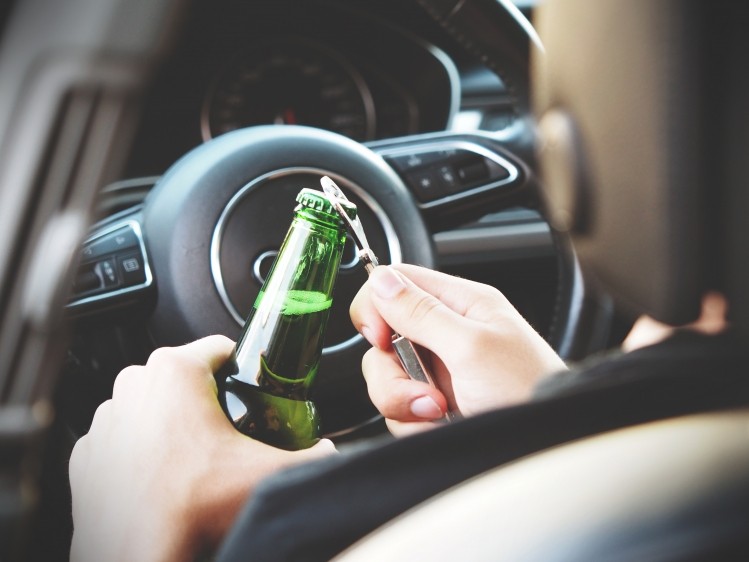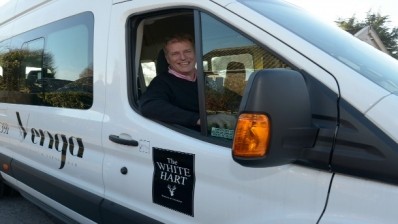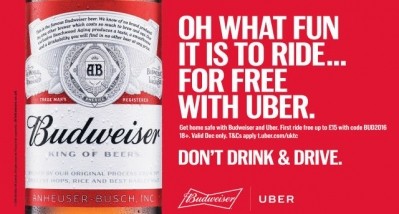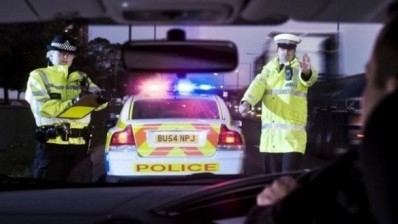Drink drive casualties on the rise

The final Dft estimates for 2015 – the latest year for which data is available – showed there were 1,170 serious injuries in reported drink drive accidents, up from 1,070 the previous year.
This is the highest estimate since 2012, and is described by the DfT as “statistically significant”.
The number of fatalities fell 17% from 240 to 200, although the DfT said this difference was not statistically significant, and was a continuation of the period of stability recorded since 2010.
'Concerning and unwelcome'
Meanwhile, the total number of accidents where at least one driver was over the alcohol limit rose by 2% to 5,730 in 2015 from 5,620 in 2014.
Responding to the data, a spokesperson for the Portman Group - the responsibility body for the alcohol industry – said the statistics were “concerning and unwelcome” but stressed the numbers should be placed into context.
The spokesperson said: “Drink driving is simply unacceptable and any deaths or serious injuries that occur as a result of it are tragic and deplorable.
“Today’s data showing a slight uplift in the number of people killed or seriously injured from drink driving is concerning and unwelcome. However, it is important that we place these numbers in context – this is the first increase in deaths or serious injuries since 2011 and follows more than a decade of progress in changing attitudes and behaviour around alcohol and driving.
'More action needed'
“The industry has demonstrated its commitment to tackle this issue, is not complacent about the progress that has been made, and will continue to support anti-drink drive and designated driver campaigns.”
Kevin Clinton, head of road safety for The Royal Society of the Prevention of Accidents, said the increase in the number of seriously injured shows “more action is needed, including reducing the drink-drive limit, from 80mg to 50mg, and ensuring the police are carrying out effective enforcement campaigns to deter people from having a drink before getting behind the wheel”.







